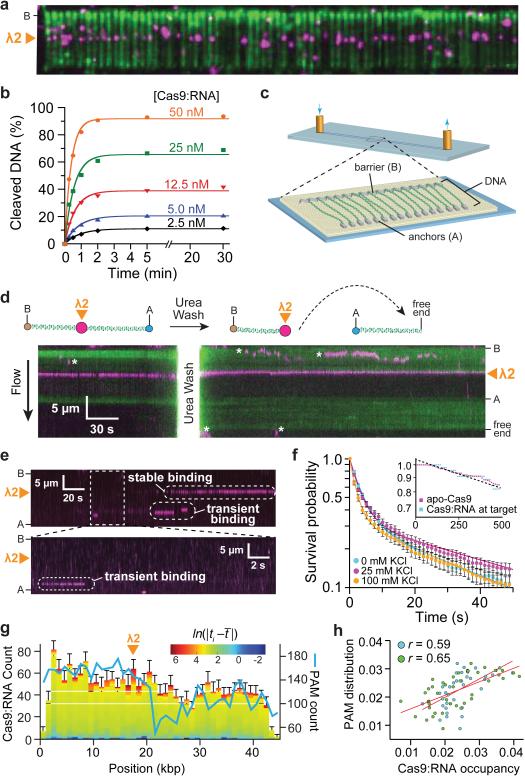Figure 2. Cas9:RNA remains bound to cleaved products and localizes to PAM-rich regions during the target search.
a, Wild-type Cas9:RNA bound to DNA curtains. b, Cleavage yield of 25 nM plasmid DNA is proportional to [Cas9:RNA]. c, Schematic of a double-tethered DNA curtain29-31. d, Liberation of the cleaved DNA with 7 M urea; asterisks denote QDs that are attached to the lipid bilayer but not bound to the DNA. e, Kymographs illustrating distinct binding events. f, Survival probabilities for non-target binding events; solid lines represent double-exponential fits. Inset: survival probabilities of DNA-bound apo-Cas9 and target DNA-bound Cas9:RNA. g, Distribution of Cas9:RNA binding events (N = 2,330) and PAM density. Colour-coding reflects the binding dwell time (ti) relative to the mean dwell time (t̄). h, Correlation of PAM distribution and non-target Cas9:RNA binding for λ2 (blue) and spacer 2 (green) guide RNAs.

